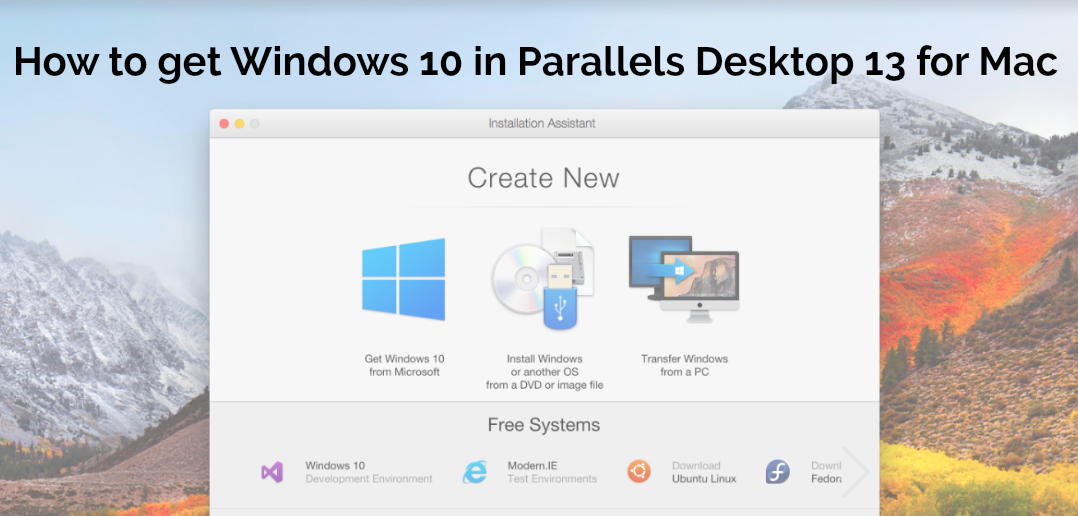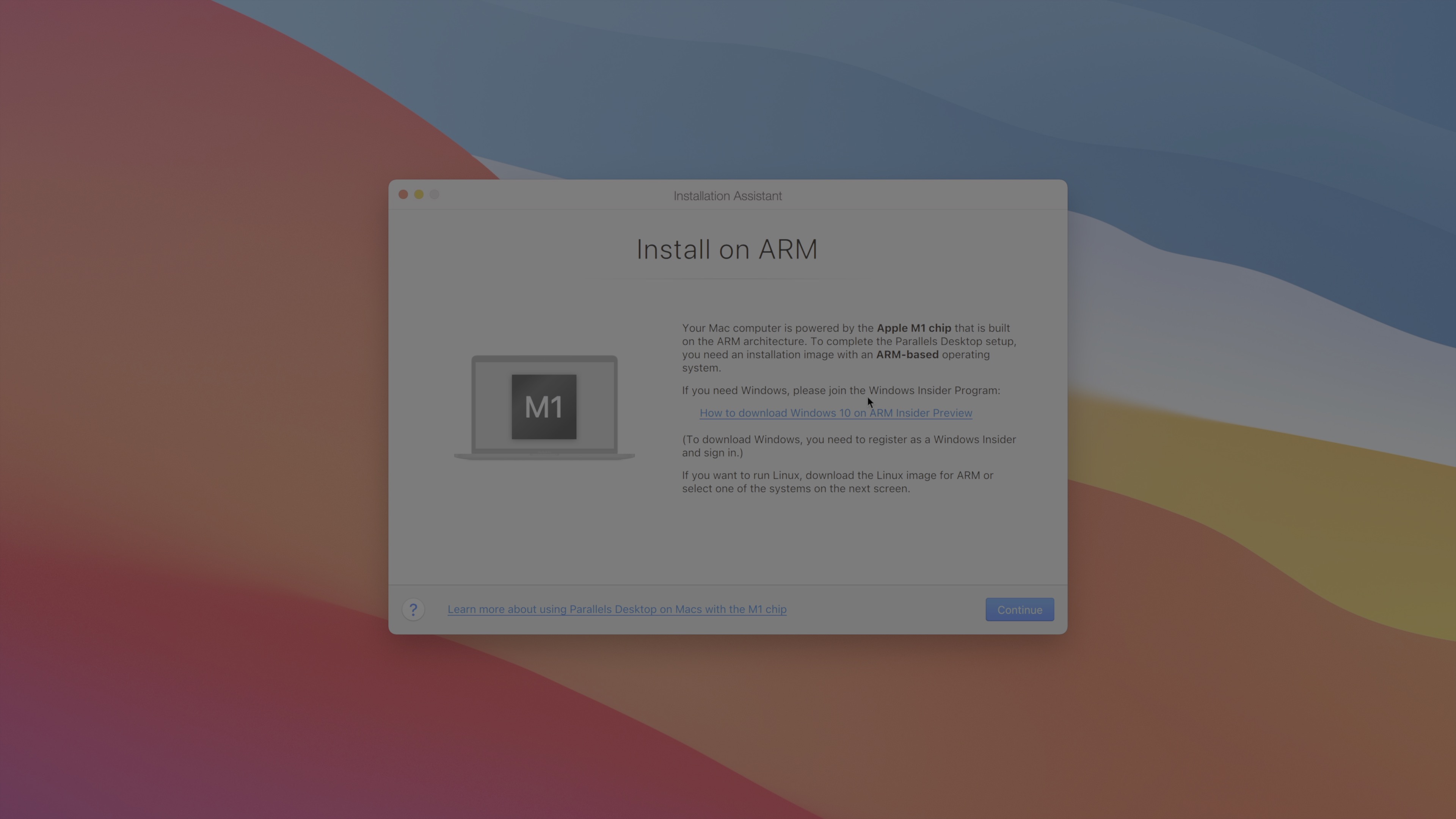

- #HOW TO INSTALL WINDOWS 10 ON MAC PARALLELS HOW TO#
- #HOW TO INSTALL WINDOWS 10 ON MAC PARALLELS .EXE#
- #HOW TO INSTALL WINDOWS 10 ON MAC PARALLELS UPGRADE#
- #HOW TO INSTALL WINDOWS 10 ON MAC PARALLELS SOFTWARE#
exe files can only be used to update a previously-installed copy of Windows.Ĭlick Continue, enter the Windows 10 product key, leave 'Express installation' selected, then click Continue again. Insert your Windows 10 disc or USB stick, then navigate to it in Parallels when browsing the USB stick you will want to click on the.

Open Parallels and click File -> New, then click 'Install Windows or another OS from a DVD or image file'. Parallels Desktop lets you run Windows as a virtual machine on your Mac YouTube You will also need plenty of storage space, as with using Boot Camp. Obviously, if you are installing Windows to play intense 3D games, then a more powerful Mac will be required. These run Windows - or any x86 operating system, like Linux - in a Window within OS X here, Windows is essentially running as a separate application in the same way Chrome or iTunes does.īecause your Mac will be running two operating system at once, you will need at least 2GB of RAM - preferably more - to make sure everything continues to run smoothly.
#HOW TO INSTALL WINDOWS 10 ON MAC PARALLELS SOFTWARE#
The second option for running Windows 10 on your Mac is to install it on a virtual machine using software such as Parallels or VMware. Installing Windows 10 on your Mac as a virtual machine with Parallels or VMware Fusion To switch between operating systems, reboot your Mac and press the Option key as soon as it turns back on this opens a screen where you can select either OS X or Windows 10. Windows 10 should now run exactly as it does on a PC. Remove the installation disc or USB stick and you're done. Your Mac will reboot once more and then it will be running Windows 10. Windows 10 will now spend a few minutes installing itself here. Click on the partition you just made, followed by Drive Options (Advanced), then with the new partition selected click Format. The Mac will boot from this and begin the Windows installation process, beginning with asking where you want Windows to be installed.
#HOW TO INSTALL WINDOWS 10 ON MAC PARALLELS HOW TO#
You can also create your own installation media - we have a guide on how to do this here: Windows 10 ISO image clean installation files available to download now for everyone.Īs it restarts, insert your Windows 10 installation disc or USB stick. Microsoft is now selling the OS on a USB stick as well as on discs - handy if you're using a recent MacBook which doesn't have a DVD slot. There are a few ways to obtain Windows 10.

#HOW TO INSTALL WINDOWS 10 ON MAC PARALLELS UPGRADE#
Although Windows 7, 8 and 8.1 users can upgrade for free, a new copy of Windows 10 Home will will cost £99, €135, or $119. To install Windows 10 on your Mac you will need to have a copy of Windows 10. We'll come to how you can do this further down. The only thing Boot Camp doesn't do is let you run both operating systems at the same time. Installing Windows 10 on your Mac with Boot Campīoot Camp comes with every Mac and is the easiest way to get Windows running on the same computer as OS X. Let's start with Boot Camp, the OS X app which lets you install Windows on your Mac's hard drive and boot into it as a completely separate operating system on its own section of your hard drive. There are two options here: either run each operating system separately, booting into either one as desired or use virtual machine programs such as Parallels and VMware Fusion, which let you run Windows as an application within OS X. It also means that installing various operating systems on your Mac has never seen easier.įor this tutorial we will look at how to run an existing version of OS X, plus Windows 10, on Mac hardware. This means that under the hood, a 'PC' and a 'Mac' are practically the same thing. Once upon a time there was a definite hardware distinction between a Mac and a PC, but since the mid-2000s Apple has shifted away from PowerPC CPU architecture to adopt the Intel x86 standard.


 0 kommentar(er)
0 kommentar(er)
